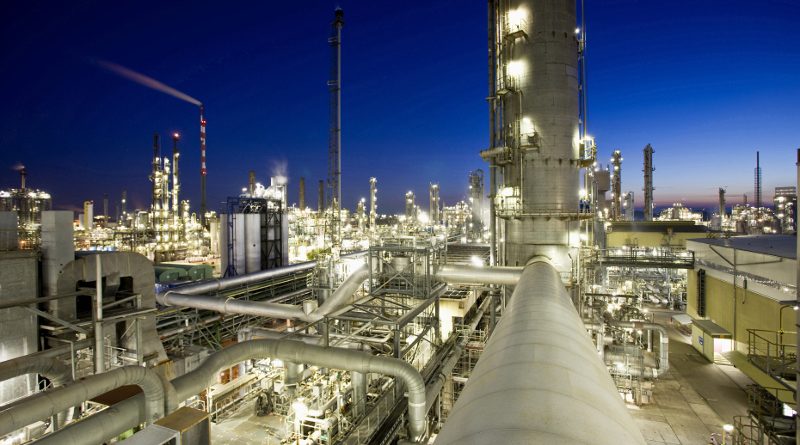Petrochemical companies form Cracker of the Future Consortium and sign R&D agreement
Six petrochemical companies in Flanders, Belgium, North Rhine-Westphalia, Germany, and the Netherlands (Trilateral Region) announced the creation of a consortium to jointly investigate how naphtha or gas steam crackers could be operated using renewable electricity instead of fossil fuels. The Cracker of the Future consortium, which includes BASF, Borealis, BP, LyondellBasell, SABIC and Total, aims to produce base chemicals while also significantly reducing carbon emissions. The companies have agreed to invest in R&D and knowledge sharing as they assess the possibility of transitioning their base chemical production to renewable electricity.
Base chemicals, which include ethylene, propylene, butadiene and BTX, are produced in steam crackers and mainly transformed into plastics. Steam crackers represent the principal opportunity for reducing the industry’s greenhouse gas emissions. One option currently under consideration is to electrically heat the cracking furnaces, rather than rely on fossil fuels.
Using electricity produced from renewable sources would significantly reduce cracker emissions, states the consortium. The key challenges in developing electricity-based cracker technology are ensuring that the chosen emissions reduction solution is technologically and economically feasible compared to the current process; that it fits into a future low-carbon value chain; and that it can be implemented in time to meet policy targets. Assuming these challenges are met, developing and implementing electricity-based cracker technology is intended to help the sector maintain sustainable operations while reducing the carbon footprint of its products.
Following the signature of the agreement, the members of the consortium have begun exploring and screening technical options. If a potential technical solution is identified, the parties will determine whether to pursue joint development project(s), including R&D activities that could include a demonstrator for proof of concept in the case of base chemicals.
The collaboration is a direct result of the Trilateral Strategy for the Chemical Industry drawn up by the North Rhine-Westphalian, Flemish and Dutch ministries of economic affairs and the industry associations VCI (Germany), Essenscia (Belgium) and VNCI (Netherlands) to boost the sustainability of the chemical sector.
Chemical cluster
The trilateral region of the Netherlands, North Rhine-Westphalia and Flanders was the choice as a European starting point, since the combined region is the largest chemical cluster in the world with annual revenue of €180 billion and 350,000 jobs. The six members of the Cracker of the Future Consortium, chaired by the Brightlands Chemelot Campus, aim to create innovative value propositions in developing sustainable technologies together in line with competition law.
Visit Brightlands Chemelot Campus
Photo: Steam cracker II, the largest individual plant at BASF’s Ludwigshafen site, covers a surface area of about 64,000 square meters (photo: BASF)

